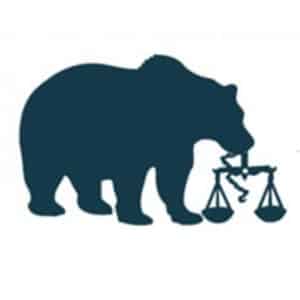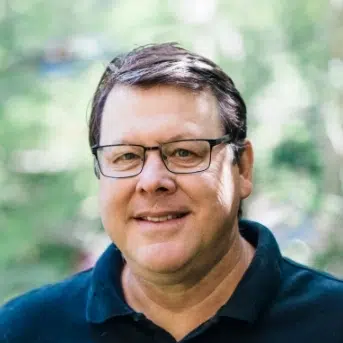|
Listen to this Article
|
Photo: Obama, Lewis and Bush in 2015 at the 50th anniversary of the Selma, AL, marches. (Saul Loeb/AFP/Getty Images)
“Thanks to him, we now all have our marching orders—to keep believing in the possibility of remaking this country we love until it lives up to its full promise.”
–President Barack Obama
An unarmed black man participating in a non-violent protest is shot and killed by a state trooper. His death incites a string of protests and rallies. At one of these marches, television cameras capture the moment a group of white state troopers, many on horseback, surge forward and start beating and then tear-gassing the non-violent protestors. These events, which resonate so sharply in the summer of 2020, happened in 1965.
On March 7, 1965, a day known in American history as “Bloody Sunday,” 600 people began a 54-mile march from Selma, Alabama, to the state Capitol in Montgomery. They were commemorating the death of Jimmie Lee Jackson, who had been shot by a state trooper while protecting his mother during a civil rights demonstration in February of that year.
On the outskirts of Selma, after crossing the Edmund Pettus Bridge, the marchers were met by troopers who assaulted them, beating them with nightsticks and firing tear gas. Seventeen marchers were hospitalized and 50 were treated for lesser injuries. Press photographers and television news cameras documented the violence, focusing national attention on the struggle.
Among those on the frontlines in Selma, was Student Nonviolent Coordinating Committee leader John Robert Lewis. An AP photo captured the moment Lewis’s skull was fractured by a state trooper’s nightstick. The uproar that followed the nationally televised violence of Bloody Sunday led to demonstrations in 80 U.S. cities and eventually to the congressional passage of the Voting Rights Act of 1965.
Born near Troy, Alabama, in 1940, Lewis was the son of sharecroppers. He grew up on the family farm and attended segregated public schools. He was inspired by the Montgomery Bus Boycott and radio broadcasts of the speeches of the Reverend Martin Luther King, Jr. As a student at Fisk University, Lewis participated in sit-in demonstrations at segregated lunch counters and risked his life on Freedom Rides challenging the Jim Crow injustices of the South.
Lewis was an architect and keynote speaker of the historic March on Washington in August 1963. During his many years as a leader of the non-violent Civil Rights movement, Lewis was arrested more than 40 times, enduring physical attacks and serious injuries.
The passage of the Voting Rights Act in 1965 prohibited racial discrimination in voting but did not eradicate voter suppression. Lewis’s passion in the fight against voter suppression led him to become the Director of the Voter Education Project. There he changed the nation’s political climate by adding nearly four million people of color to the voter rolls.
President Jimmy Carter appointed Lewis to direct ACTION, the federal volunteer agency that runs programs such as the Peace Corps.
In 1981 John Robert Lewis was elected to the Atlanta City Council and went on to run for Congress in November 1986. Lewis served as US Representative of Georgia’s Fifth Congressional District for seventeen terms until his passing on July 17, 2020.
Iconic photographs of the 50th anniversary of the marches of 1965, show Lewis hand-in-hand with President Obama and President Bush on the bridge in Selma. That bridge was dedicated in 1940 to Edmund Pettus, a U.S. Senator who was also a decorated Confederate general and leader in the Alabama Ku Klux Klan. Alabama historian Wayne Flynt says at the time, Selma “would’ve been a place where place names were about [black people’s] degradation … a sort of in-your-face reminder of who runs this place.”
The California Civil Rights Law Group agrees that it is time to remake this country. Let us take a step along the march to that future by renaming that bridge in Selma for a hero in the fight for a better America, Representative John Robert Lewis.
“The scars and stains of racism are still deeply embedded in American society. We need to lay down the burden of racism and separation and create what I call, ‘One America, One Community, One House,’ because all of us live in the same house, in the American house.”
–Representative John Lewis


